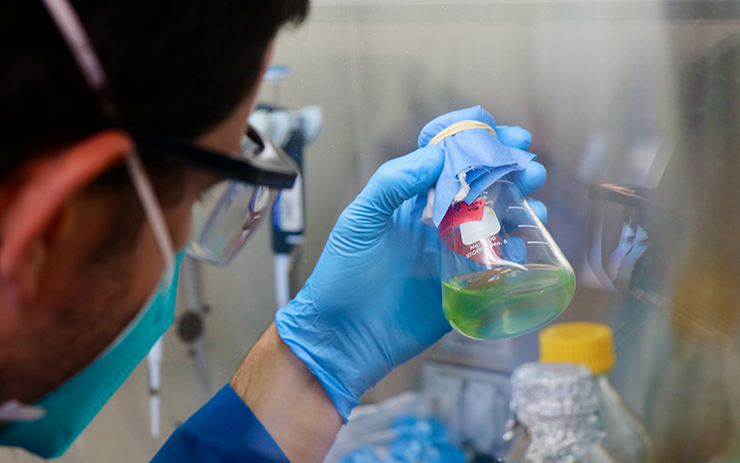Scientists from Scripps Institution of Oceanography at the University of California San Diego, the University of São Paulo and UC Santa Cruz collaborated to discover and validate the enzymes responsible for the production of one of the most toxic and fast-acting neurotoxins associated with freshwater harmful algal blooms in lakes and ponds.
The team combined genetic and biochemical studies to show how freshwater cyanobacteria produce the potent neurotoxin called guanitoxin. This discovery revealed that guanitoxin-producing cyanobacteria are more prevalent than originally known in the United States, opening the possibility for new molecular diagnostic testing to better inform and protect the public from this natural freshwater toxin. Findings were described in a paper published in the Journal of the American Chemical Society on May 18, 2022.

